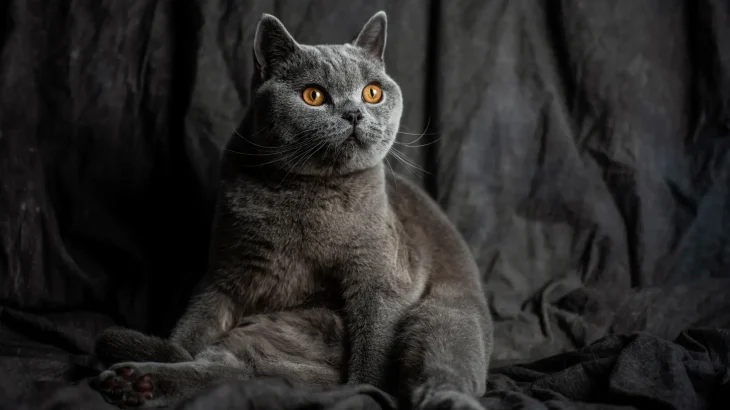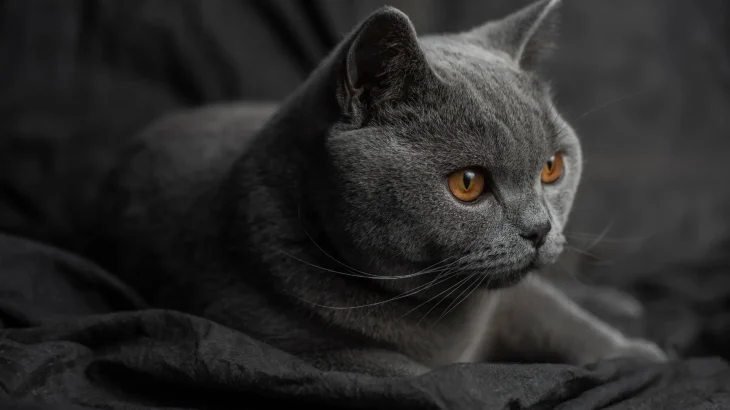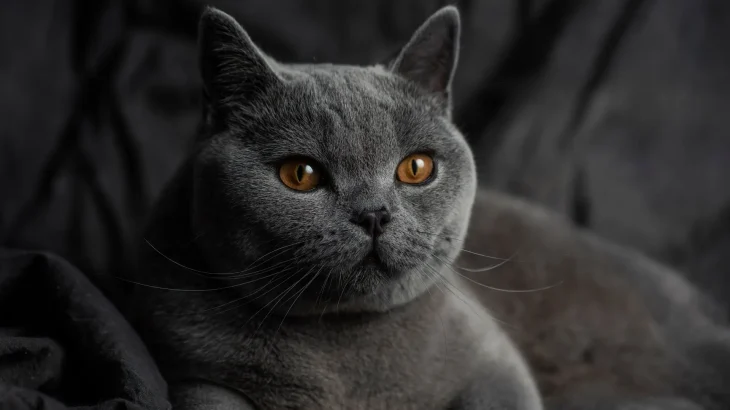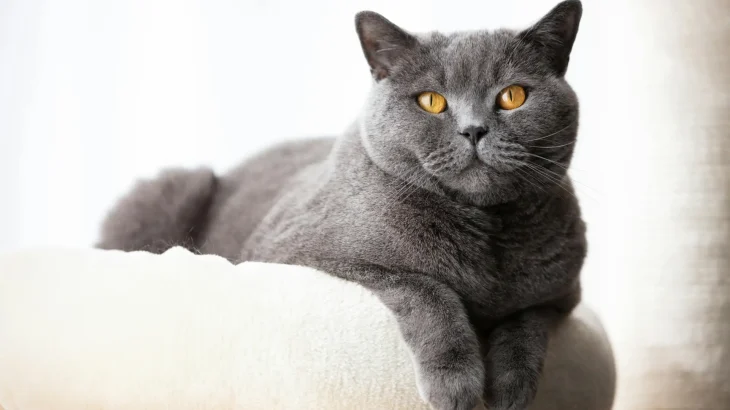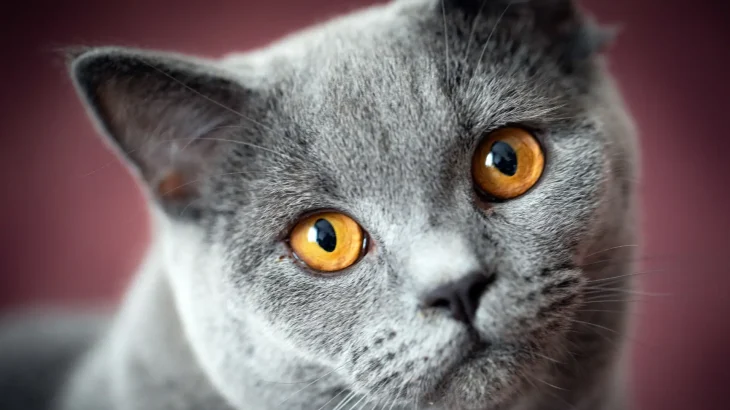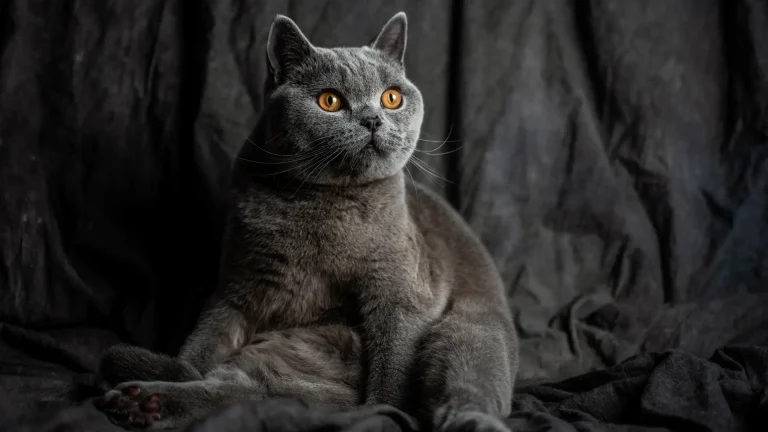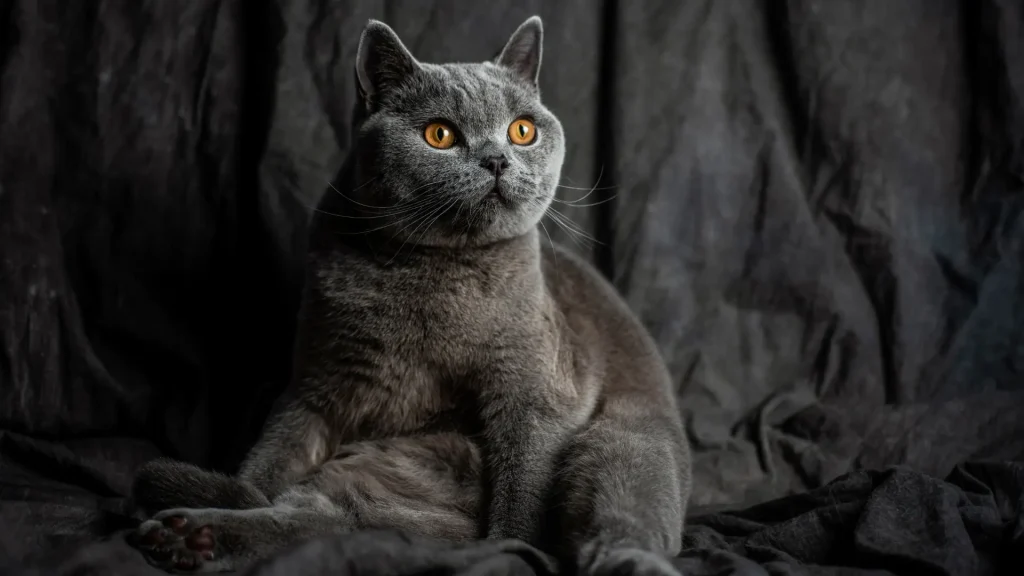Choosing between adopting a British Shorthair kitten and purchasing one from a breeder involves weighing factors like health transparency and origin certainty. Buying from a breeder usually guarantees documented lineage and genetic health insights, while adoption offers a chance to rescue a cat, though background details may be limited.
| Criteria | Buying from Breeder | Adopting from Shelter/Rescue |
|---|---|---|
| Cost | Higher initial cost (often $1,000-$3,500) for purebred kittens. | Lower fees (typically $50-$200), often includes vaccinations and spay/neuter. |
| Health History | Detailed health records and genetic screening provided by breeder. | Health history may be unknown; shelters perform basic health checks. |
| Age Availability | Primarily kittens for raising from a young age. | Various ages, including adult and senior cats. |
| Temperament Insight | Breeders can share lineage temperament traits. | Shelter staff share observed behaviors; full history may be unknown. |
| Supporting Practices | Supports breeding programs; choose ethical breeders. | Supports animal welfare by giving homes to cats in need. |
| Breed Purity & Pedigree | Guaranteed pedigree and breed standards. | Breed purity often uncertain; mixed or unknown pedigrees common. |

